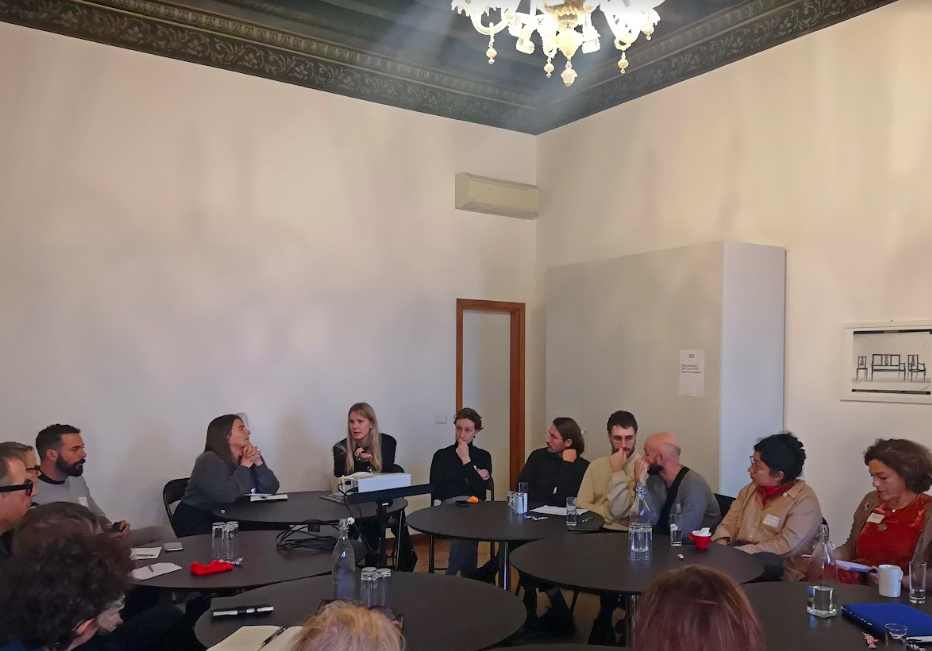Throughout 2022, we were invited to contribute to several initiatives by invited artists, by National Pavilions and collateral events at the 59th Venice Art Biennale.
These are described here in chronological order, based on when contact was made:
Building on the theme of glass and water, central to the installation by Laura Fluxa, WahV was invited by Oriol Fontevilla to write an essay for the catalogue about the sediment (mud)/water interrelationships determining the fate of the city and the lagoon. Many of Eleonora Sovrani’s photographs were included.
It can be accessed here (eng/ita)
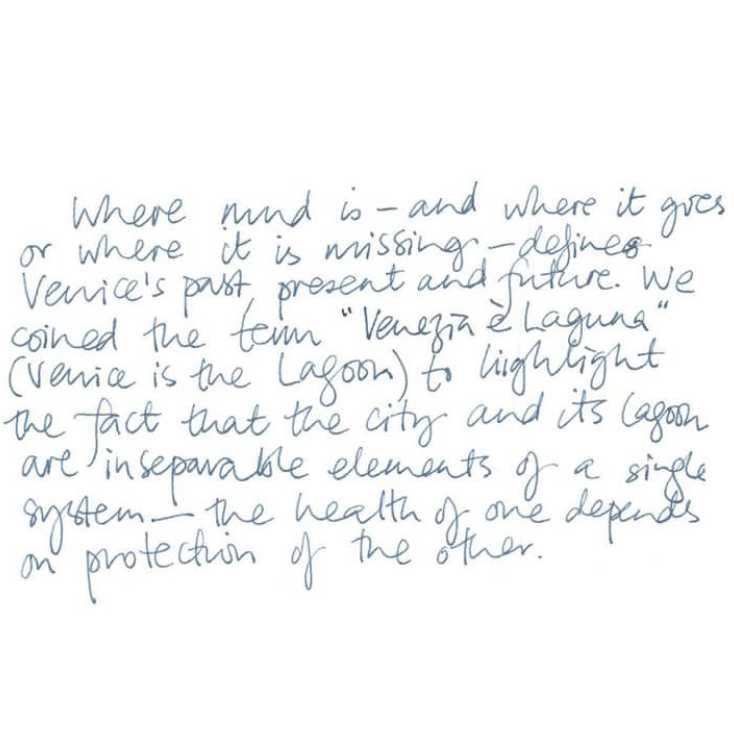
Cecilia Vicuña Winner of the Golden Lion Award for Lifetime Achievement
While in Venice preparing her large installation in the Central Pavilion, we were honoured to be asked by the Tate Modern to assist the Chilean artist Cecilia Vicuña and her husband, American poet James O’Hern during their extended stay. This also included a boat expedition in the lagoon and many inspiring conversations about considering Venetians more explicitly within the framework of indigenous knowledge, cultures and basic rights.
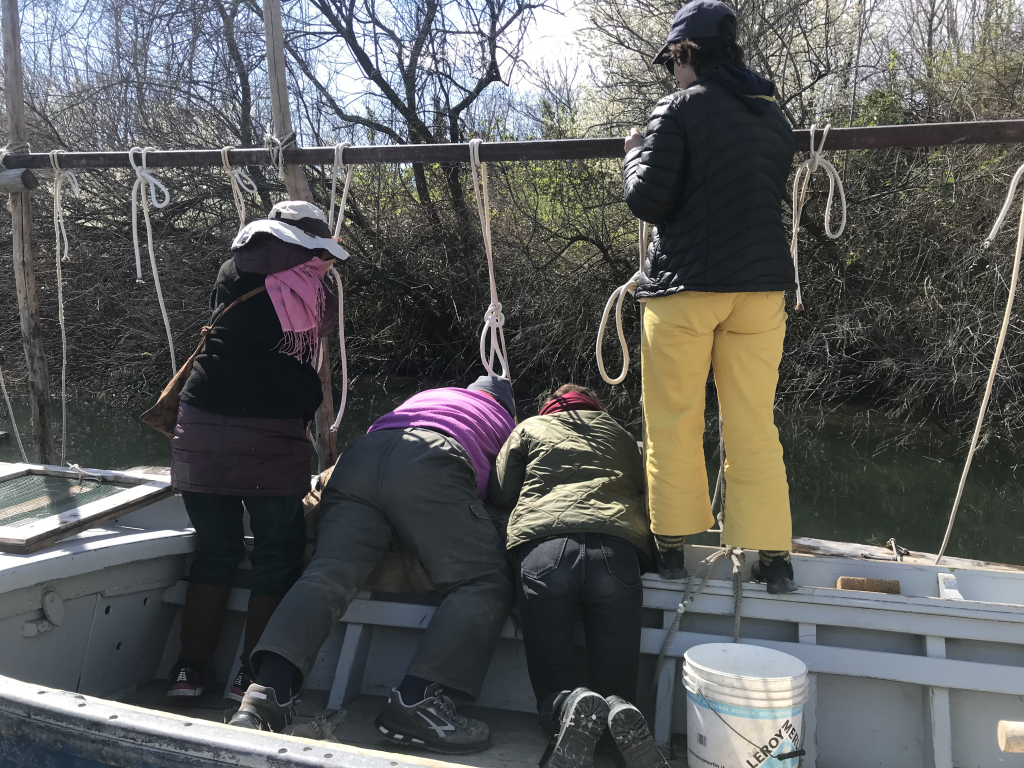
Gwangju Biennale Foundation in Venice
The Democratisation Movement Special Exhibition in Venice “to where the flowers are blooming” (20.04-27.11.2022), kindly offered us the opportunity of keeping the high quality audio-visual equipment, following the closure of the exhibition.
An MoU was produced on the basis of which Gwangju Foundation will raise awareness about our work in Korea, when relevant, and we have arranged long-term loans of the flatscreen monitors from the exhibition for il Piccolo Museo della Laguna Sud (Pellestrina), Portineria di Quartiere (Mestre), Bangladeshi community centre (Mestre) as well as improving the facilities at our studio.
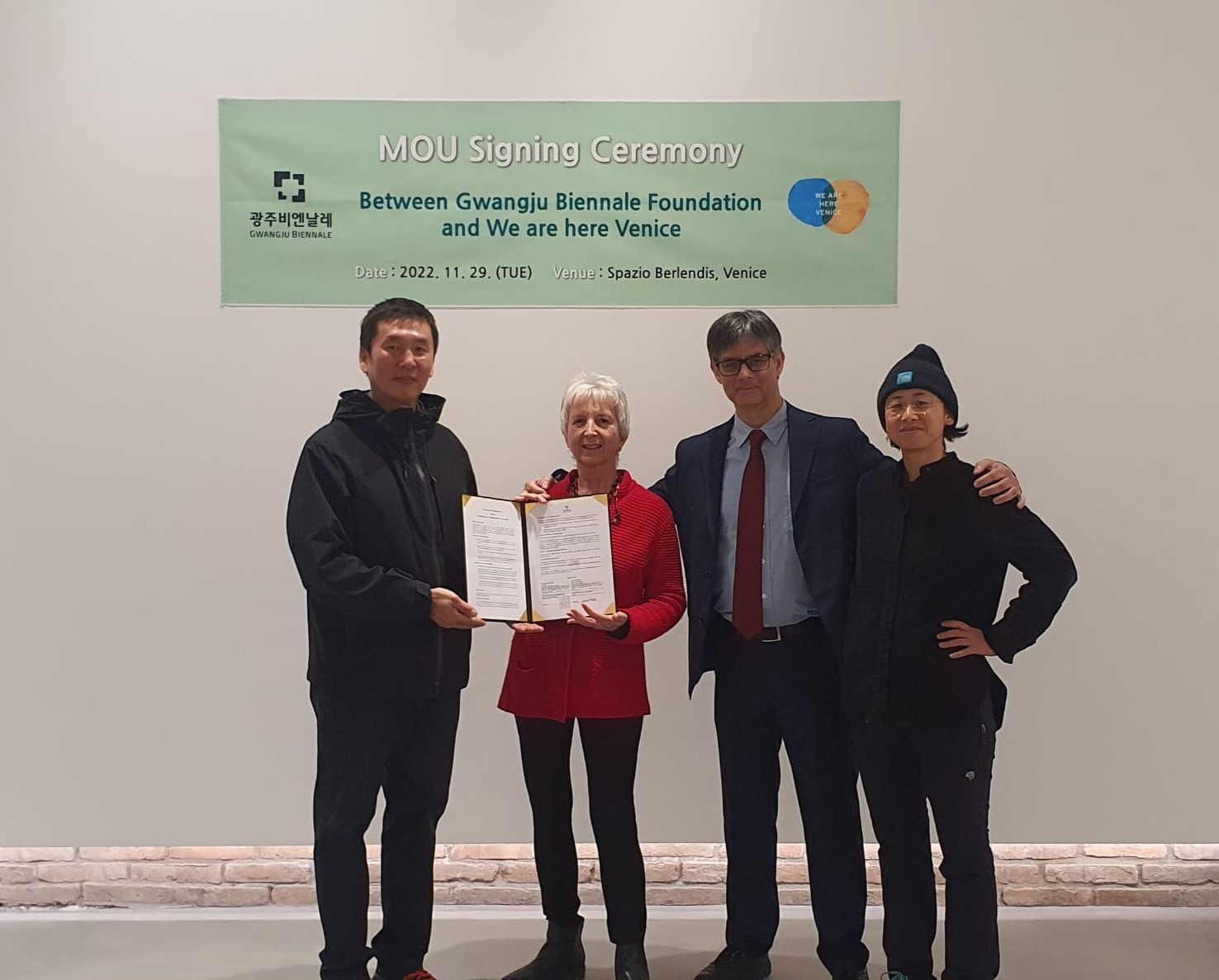
Klasse Mariana Castillo Deball, Kunstakademie Münster
Mariana Castillo Deball, while representing Mexico at the Biennale, brought her students for an extended workshop in Venice in late August. Following 3 days of intensive exhibition viewing, we arranged for the group to relocate to Pellestrina and spend 5 days exploring the interface between the lagoon and the sea, air, land and water. A guided visit of Ca’ Roman with a LIPU volunteer was included in the visit.
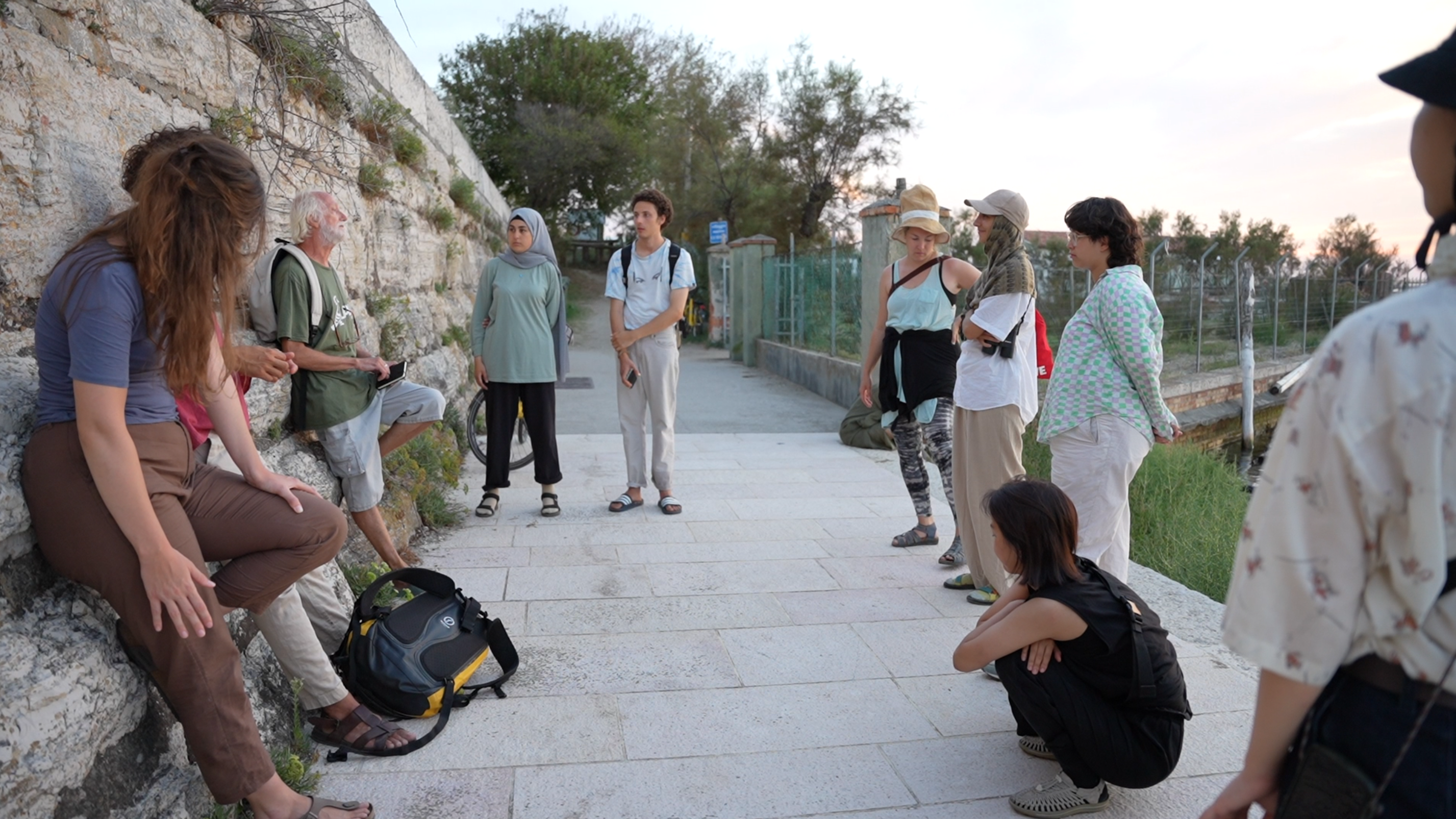
The flooring of the Mexican National Pavilion, designed by Mariana, is being repurposed to support our work to accelerate vegetation recolonisation on freshly infilled artificial saltmarsh, under the umbrella of the Vital initiative.
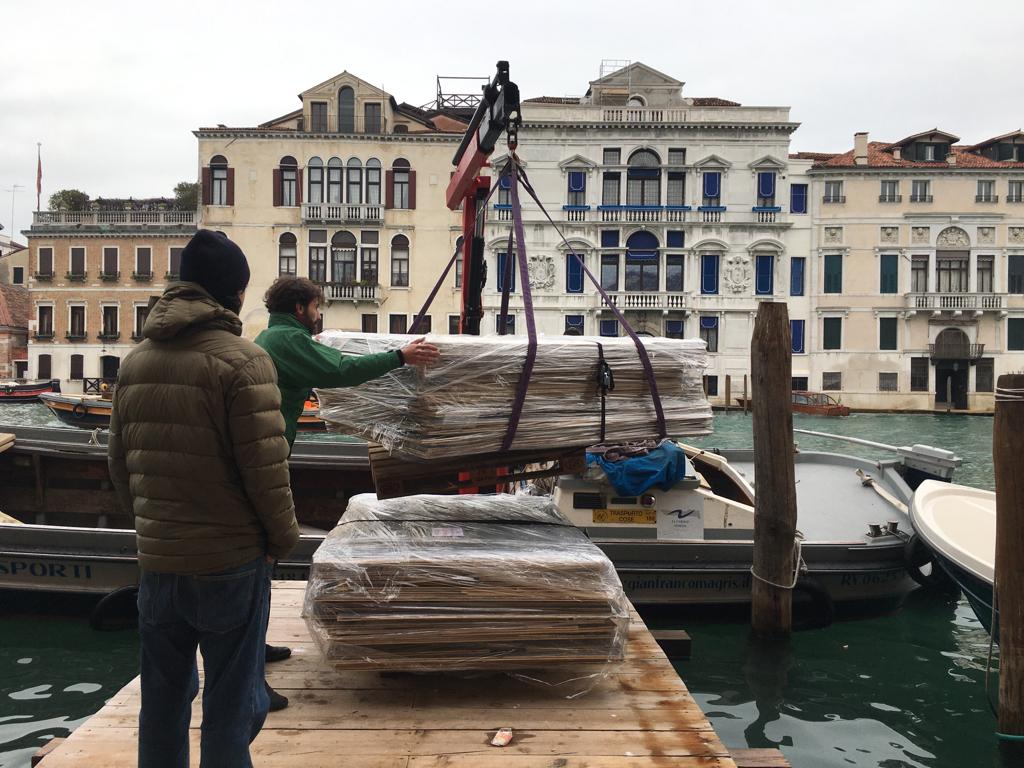
University of Zurich at San Giorgio
Julie Ren, senior scientist, Department of Geography, University of Zurich and Rosa Sancarlo invited us to introduce Venice in the context of their student workshop on the topic of “Global Biennale Making” in October at Fondazione Giorgio Cini in San Giorgio Island (Venice).
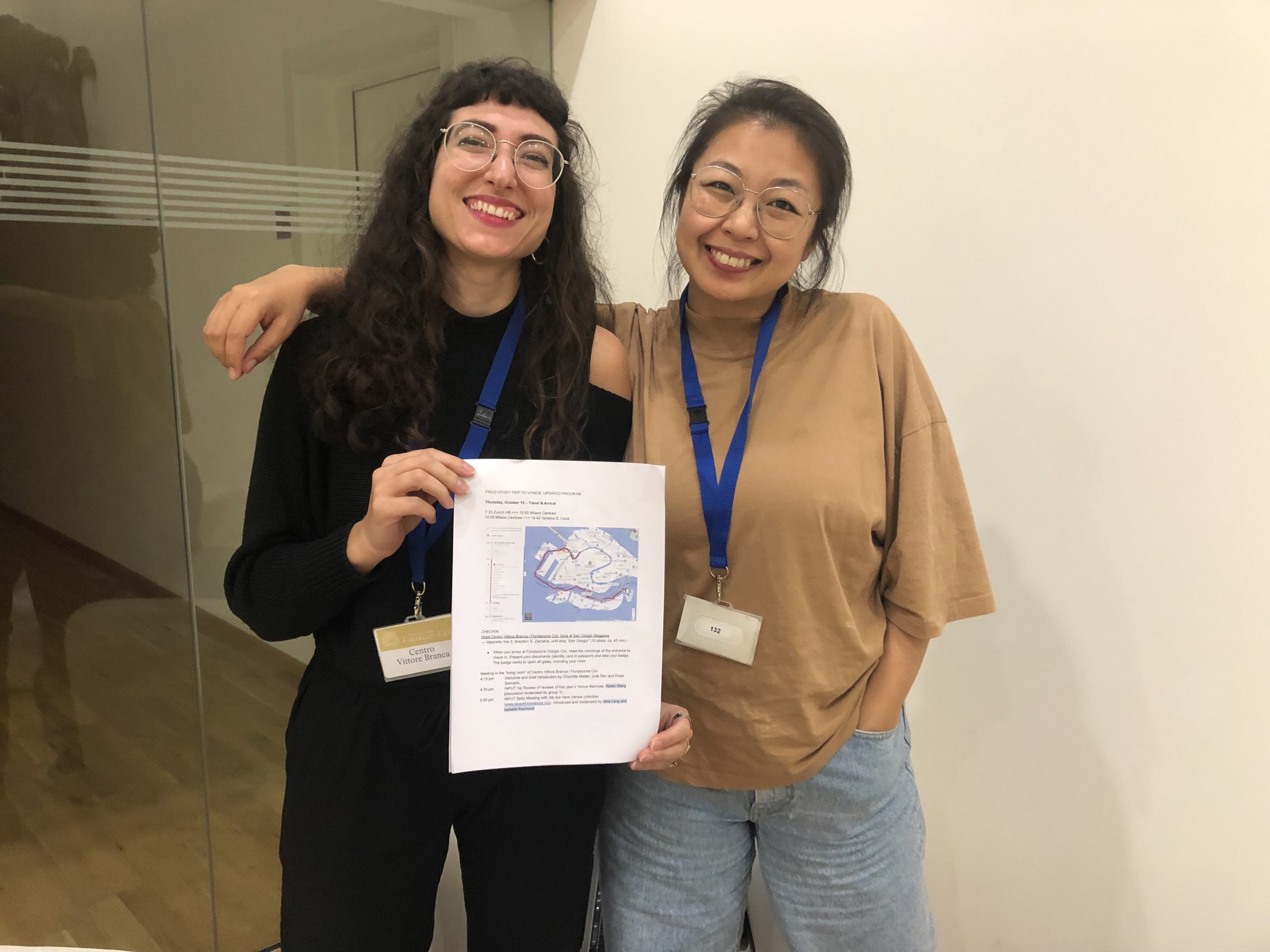
Turba Tol Hol-Hol : “the afterlife” of Biennale material to innovate agriculture in Venice
We supported the curatorial team of Turba Tol Hol-Hol Tol, Griefswald Mire Centre (Germany) and the Wildlife Conservations Society Chile during preparations for The Venice Agreement workshop at Ocean Space – a special initiative triggered by the Chilean Pavilion in Venice that we are grateful to be part of.
We also carried out research and site visits in order to ensure a dignified “afterlife” for more than 60 m2 of sphagnum moss that had flourished as part of the Biennale installation from April to November. It was sourced from a paludiculture project by GMC in collaboration with Mookultur Ramsloh in northern Germany and has now mostly been bequeathed to Azienda Agricola Valleri in Cavallino-Treporti (Venice), pioneers in organic agriculture including potted herbs. A relatively small amount of moss will be re-used for soil reconditioning at one of our projects to improve the overall quality of public gardens in Venice.
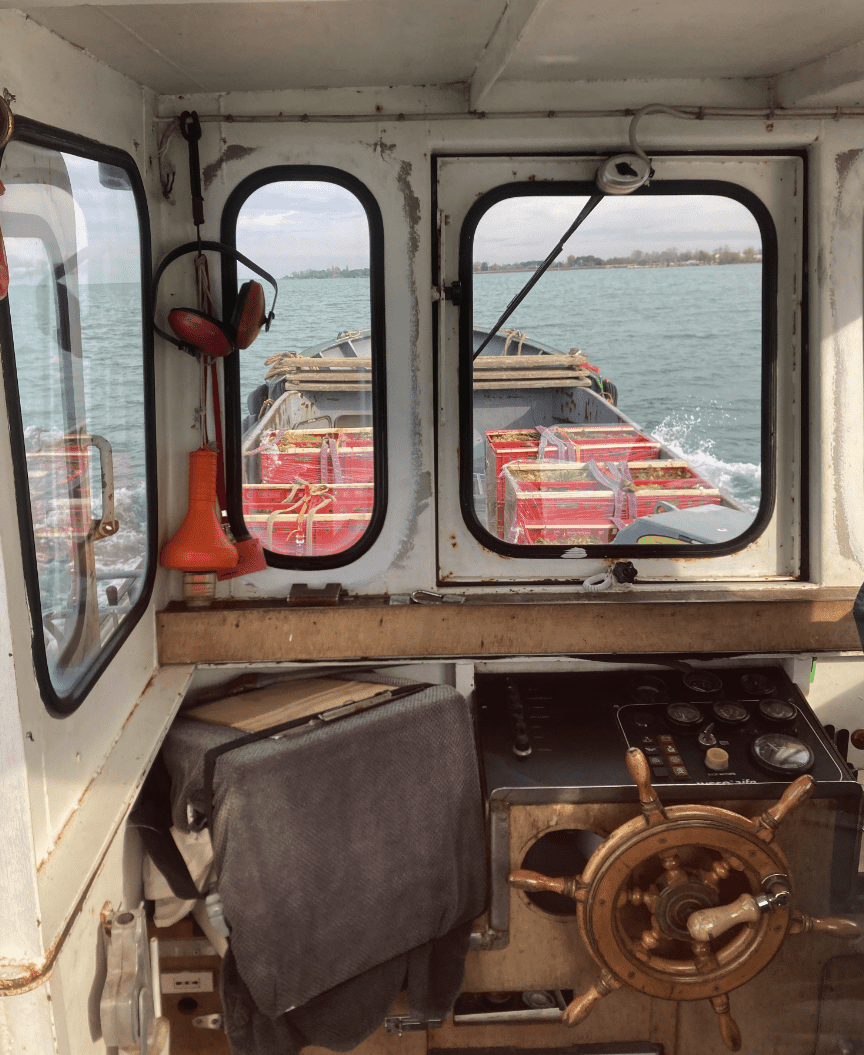
Towards the Green Lion: workshop for the sustainability of the national Venice pavilions
Many producers of the pavilion exhibitions at the Biennale, which is one of the most important and largest manifestations in the fields of art and architecture, are feeling the need to address the sustainability and ecology with greater urgency.
In the open group of Commissioners of the National Pavilions in Venice, which has been meeting regularly for several years to exchange views on practical and conceptual questions, the desire arose to discuss what practical steps could be taken, including optimised integration with the social fabric.
The first workshop in late November, that we helped to plan, was to discuss pragmatic approaches and share experiences, but also to develop collaboratively appropriate long-term concepts and structures for sustainable exhibition-making. Liza Fior (co-founder of We are here Venice) and Orsola de Castro (Co-founder Fashion Revolution) provided precious contributions.
The findings of the workshop will be made available to all interested parties.
